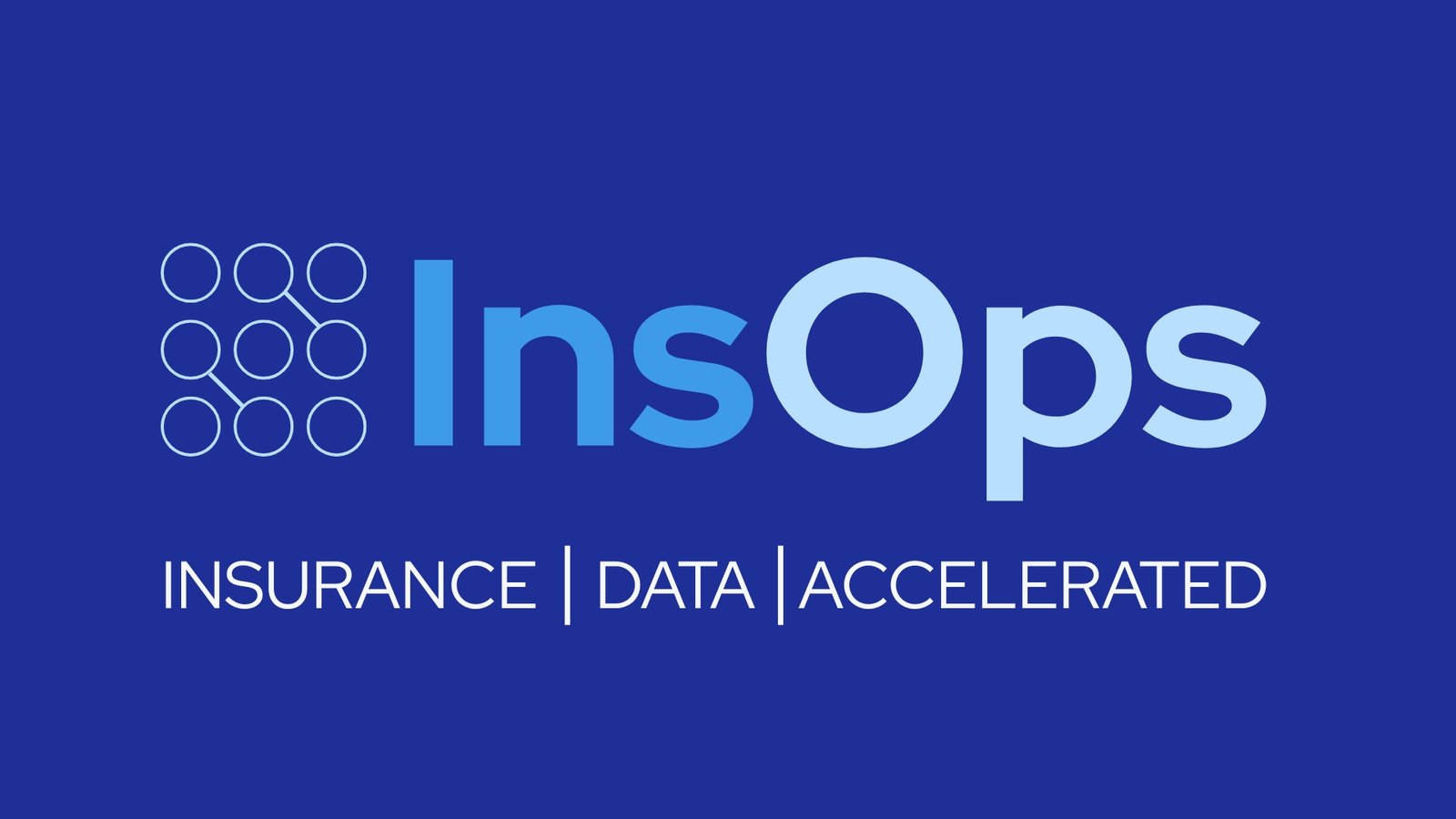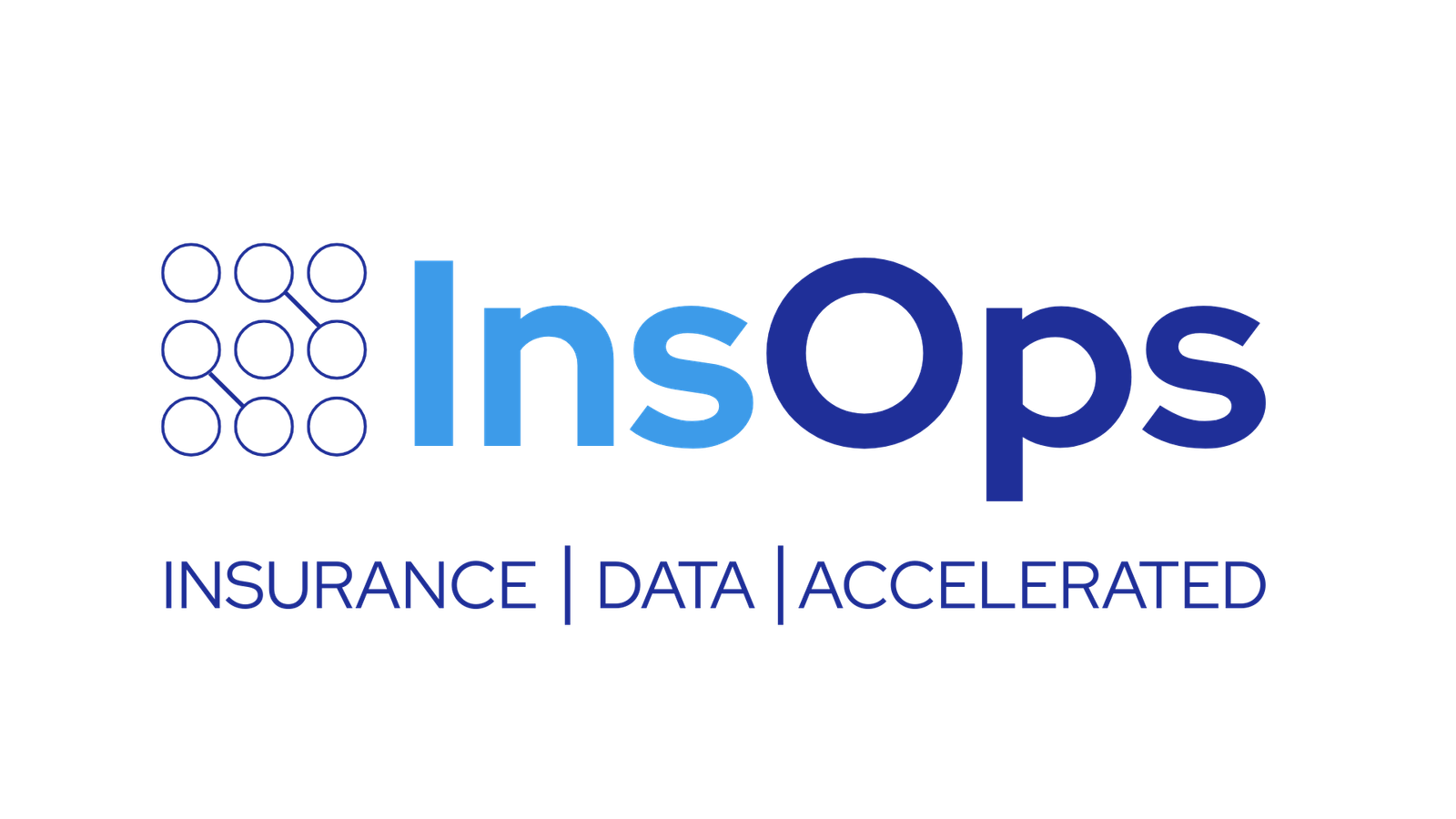How Long Does Insurance Data Migration Really Take? A Breakdown of Timelines, Delays, and How to Accelerate
When insurers begin planning a data migration, one of the first questions asked is also one of the hardest to answer: How long will it take?
The honest answer is that it depends. Timelines can vary based on legacy systems, data quality, internal alignment, and the tools selected for the job.
In the insurance industry, data migrations are rarely simple. Projects can take anywhere from 14 months to over 4 years. The complexity comes from decades of historical data, aging platforms, multiple teams, and strict regulatory requirements.
And without a clear understanding of the bottlenecks, it’s easy to underestimate the scope and effort involved.
So, in this blog, we’ll outline the key phases of a typical insurance data migration, highlight the most common causes of delay at each stage, and explain how some timelines have been reduced to just 4 months, even when migrating 40 years of data. We also show a real-world example of how that kind of acceleration is possible.
But before we explore each phase, let’s look at the core factors that determine how fast or how painfully slow your migration will go.
Biggest Risks That Delay Insurance Data Migration Timelines
Before diving into the phases of migration, it’s important to understand what actually determines how long a project will take. In our experience, four main factors drive the timeline of an insurance data migration:
1. Data Volume and Complexity
Most insurers are dealing with decades of policy, claims, and financial data. This information is often spread across multiple systems and comes in inconsistent formats, with overlapping codes and missing metadata. The more product lines and edge cases involved, the longer it takes to clean, map, and validate everything for modern platforms.
2. System Compatibility
Legacy systems like AS/400 or outdated policy admin tools weren’t built to integrate with platforms like Guidewire or Duck Creek. Mismatches in data models, hierarchies, and field definitions can add months of work to transform and align the data. Without purpose-built tools for insurance migration, even basic integrations become complex projects
3. Stakeholder Readiness
Data migration affects nearly every team in an insurance company. Claims, finance, IT, and compliance all need to align on requirements, review data mappings, and validate outcomes. When teams are out of sync or unclear on roles, migration stalls. Bottlenecks often come from decision delays or lack of ownership, not technical issues.
4. Migration Tools and Methodology
Traditional migration approaches rely heavily on manual work, custom ETL pipelines, and time-consuming QA processes. These outdated methods don’t scale to the volume and complexity of modern insurance data. Without automation or reusable data models, teams spend months repeating tasks that could be standardized or eliminated entirely.
Curious why traditional ETL pipelines fall short for insurers?
Read our blog
Why ETL Is the Wrong Starting Point for Insurance Data Migration
to understand the risks, limitations, and better alternatives for modern carriers.
Now that we’ve covered what drives overall timeline variability, let’s take a closer look at each phase of the migration process and where delays typically occur.
Phases of a Data Migration (and What Slows Them Down)
Insurance data migrations generally follow a predictable set of phases. But while the process is consistent, the pace is not. Below is a breakdown of the four key stages, how long they typically take, and what causes delays along the way.
Want a deeper dive into each migration phase?
Check out our blog
Insurance Data Migration: What Insurers Need to Know
for a closer look at the key activities, milestones, and best practices in each stage.
1. Assessment and Planning
Typical duration: 3 to 6 months
This phase sets the foundation for the entire migration. Teams must identify data sources, assess quality, define scope, and align all stakeholders on the business objectives. Delays are common at this stage because of poor documentation, lack of cross-functional involvement, and unrealistic scoping.
Common blockers:
2. Data Mapping and Cleansing
Typical duration: 6 to 18 months
This is where most migrations get bogged down. Legacy data must be mapped to the target system’s format, cleaned of duplicates, and standardized across lines of business. Without the right tools, this is a manual, time-intensive process that often needs multiple rounds of revision.
Common blockers:
3. Test Migration and Validation
Typical duration: 4 to 12 months
Before going live, insurers run test migrations to ensure that the data loads accurately and behaves as expected in the new system. But without structured QA processes or tools for reconciliation, this phase often requires multiple failed test runs and ongoing cleanup work.
Common blockers:
4. Final Migration and Cutover
Typical duration: 1 to 6 months
The final stretch is about migrating production data, validating it in real-time, and retiring the legacy system. It’s also the most risk-sensitive phase. Many insurers delay cutover due to uncertainty about data accuracy, business readiness, or compliance obligations.
Common blockers:
With each phase taking several months or more, traditional migrations can stretch far beyond initial estimates. But it doesn’t have to be this way. In the next section, we’ll show how automation, insurance-specific tools, and modern techniques can dramatically reduce these timelines, even for complex migrations with decades of legacy data.
How to Accelerate Insurance Data Migration
While traditional migration methods can take years, insurers don’t have to accept slow timelines as the norm. With the right strategies and tools, even complex migrations involving decades of data can be completed in a matter of months.
Here are the key ways leading insurers speed up their migration efforts:
Use Automation Wherever Possible
Manual mapping, cleansing, and validation are major sources of delay. Automation tools, especially those built for insurance data, help handle repetitive tasks, reduce human error, and compress timelines across every phase of the migration. This includes AI-assisted field mapping, rule-based cleansing, and automated reconciliation.
Leverage Pre-Built Mappings and Insurance-Specific Models
Reusing proven logic can save months of effort. Instead of starting from scratch, insurers can use pre-built data models tailored to property and casualty insurance products, claims, and financial records. These templates help align legacy data with modern systems and simplify quality assurance.
Run Validation in Parallel With Mapping
Most insurers are dealing with decades of policy, claims, and financial data. This information is often spread across multiple systems and comes in inconsistent formats, with overlapping codes and missing metadata. The more product lines and edge cases involved, the longer it takes to clean, map, and validate everything for modern platforms.
Align Stakeholders Early and Often
One of the most preventable causes of delay is lack of coordination. Regular alignment between business, IT, and compliance teams helps avoid confusion, missed handoffs, and review bottlenecks.
These strategies alone can reduce project timelines significantly. But to consistently deliver large-scale migrations in months instead of years, insurers need a modern, insurance-specific approach. In the next section, we’ll show how InsOps simplifies and accelerates each phase with automation and purpose-built tools.
Modern Approach: Compress the Timeline by 50 to 70 Percent
For insurers who need to retire legacy systems quickly, the traditional approach is no longer good enough. Long timelines, manual processes, and cutover risk make it difficult to modernize at the speed the business demands.
With the right strategy and tools, migration timelines can be reduced by more than half. InsOps enables insurers to move faster without sacrificing accuracy or control. Here’s how the InsOps approach compares to a traditional migration:
| Phase | Traditional Duration | InsOps Duration | What Makes the Difference |
|---|---|---|---|
| Assessment and Planning | 3 to 6 months | 2 to 4 weeks | Automated discovery, prebuilt frameworks, early alignment |
| Mapping and Cleansing | 6 to 18 months | 1 to 2 months | AI-assisted mapping, reusable insurance data models |
| Testing and Validation | 4 to 12 months | 1 to 2 months | Parallel validation, automated QA and reconciliation |
| Final Migration and Cutover | 1 to 6 months | 4 to 6 weeks | Live data tracking, zero-downtime tools, full rollback protection |
This is not just about speed. Faster migrations mean insurers can reduce technical debt sooner, eliminate compliance risk, and start using business-ready data to power automation, analytics, and improved customer experiences.
In the final section, we’ll show how one insurer successfully completed a full migration of 40 years of historical claims data in just six months.
A Real-World Example: Golden Bear Insurance Company
Golden Bear Insurance faced a common challenge. After adopting Guidewire ClaimCenter Cloud, they continued to rely on a 40-year-old AS/400 system for historical and active claims data. Maintaining both systems slowed down reporting, increased costs, and created operational inefficiencies.
Golden Bear partnered with InsOps to manage a full-scale migration with a business-first strategy that avoided the limitations of traditional ETL.Together, they:
Built automated pipelines to move claims data from AS/400 into a cloud-based staging environment
Conducted a proof-of-concept migration to identify discrepancies early
Collaborated with claims experts to define mappings that reflected actual business usage
Migrated open and closed claims separately to minimize risk and support accurate reconciliation
Documented the entire process, including audit trails and validation reports
The outcome:
How Golden Bear Retired 40 years of Legacy Data 3x faster with InsOps


From AS/400 to AI-Ready in 4 Months: Golden Bear’s Modernization Journey
Insurance Data Migration Doesn’t Have to Take Years
Insurance data migration is often seen as a long, expensive, and risky process. And with traditional methods, that reputation is well-earned. Manual mapping, outdated ETL pipelines, siloed teams, and inconsistent data can stretch timelines to three years or more.
But with the right tools and approach, even the most complex migrations can be completed in months not years. By automating repetitive tasks, standardizing insurance-specific data models, and aligning teams early, insurers can cut migration timelines by 50 to 70 percent.
Golden Bear Insurance proved what’s possible. In just six months, they migrated 40 years of legacy claims data with no downtime and minimal disruption setting a new standard for what modern insurance migration should look like.
Ready to Migrate Faster?
If you’re facing a large-scale insurance data migration and want to avoid the delays, risks, and costs of traditional methods, we can help. InsOps enables insurers to retire legacy systems faster and unlock business-ready, compliant data from day one.
Let’s talk. Schedule a FREE consultation to learn how fast your migration can really go.
Frequently Asked Questions
How long does a typical insurance data migration take?
Traditional migrations often take between 14 and 48 months, depending on the size of the insurer, the age of the legacy systems, and the complexity of the data. With modern tools and insurance-specific methods, migrations can be completed in as little as 4 to 6 months.
What are the biggest risks that delay migration projects?
Common risks include manual processes, poor data quality, stakeholder misalignment, and reliance on outdated ETL pipelines. These issues lead to rework, scope creep, and missed deadlines.
Can automation significantly reduce migration time?
Yes. Automation can handle repetitive tasks like mapping, cleansing, and validation, reducing timelines by 50 to 70 percent. It also improves accuracy and consistency across large datasets.
How do insurers ensure data accuracy during migration?
Accuracy comes from early validation, automated QA, and strong reconciliation processes. Tools that compare legacy and target system outputs in real time help ensure data is complete, clean, and compliant before going live.

